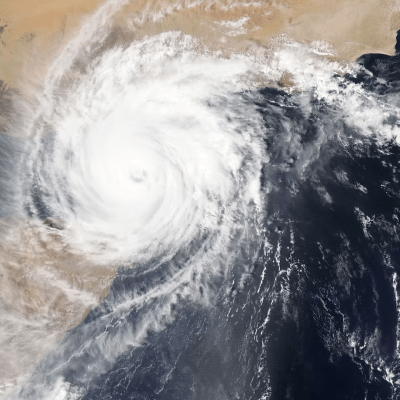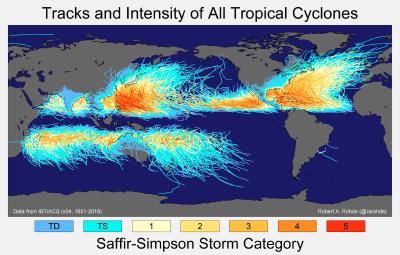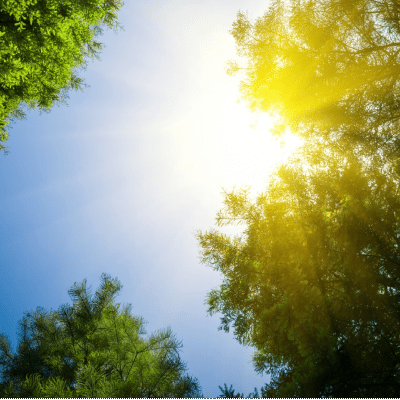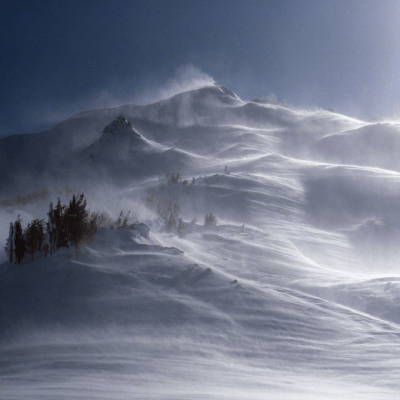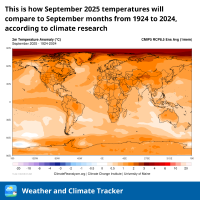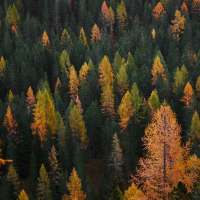
[Sky]
What is the Real Form of the Rainbow?
Did you know that a full rainbow is actually a complete circle? The thing is that it’s not an arc we are used to see but a complete circle partly hidden from us. And only in certain conditions, like being on an airplane or standing on a mountain one can see an amazing view of an entire circular rainbow.
Read more...

